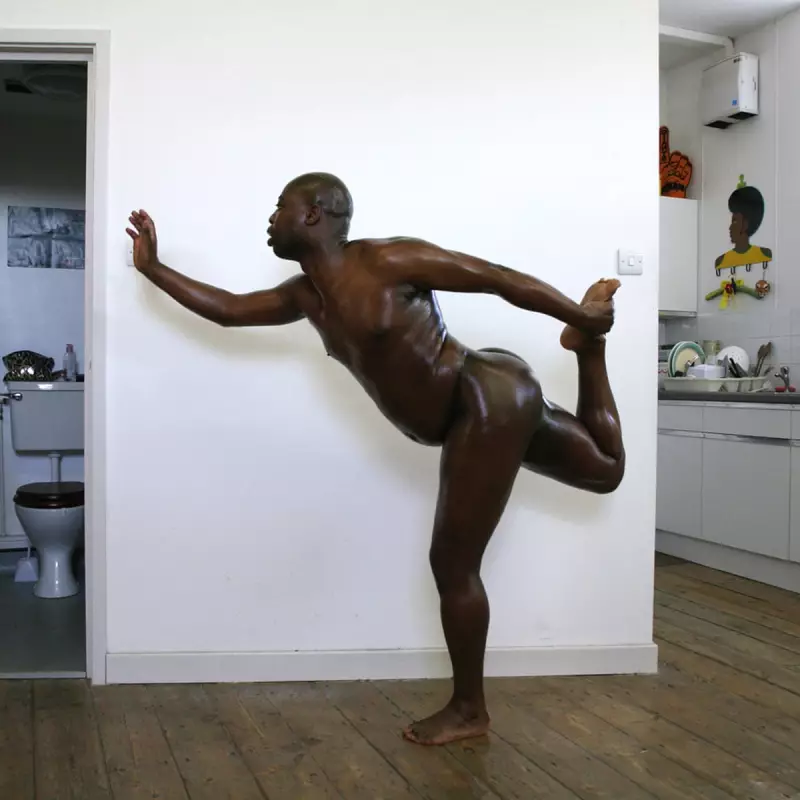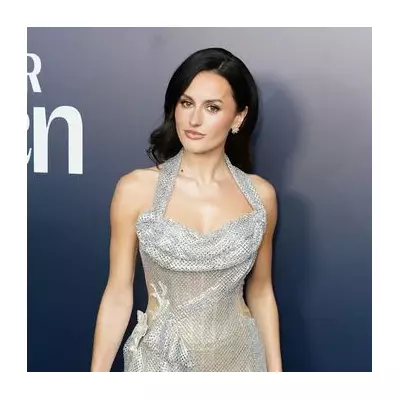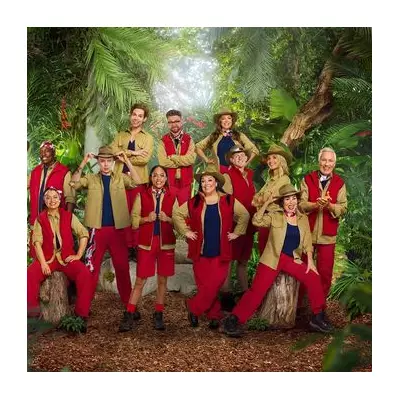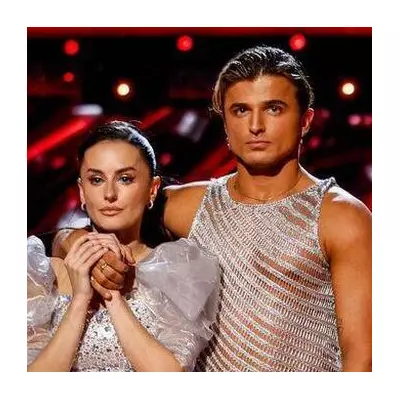
Behind every great artwork lies a secret soundtrack. While galleries present finished masterpieces in hushed silence, the studios where they're born often pulse with carefully curated music that fuels the creative process.
The Rhythmic Rituals of Creation
For Turner Prize-winning artist Chris Ofili, the studio transforms into a musical sanctuary where sound shapes vision. "Music helps me enter a different headspace," he reveals, describing how specific tracks become the invisible brushstrokes guiding his vibrant, multilayered paintings.
Meanwhile, sculptor Lindsey Mendick crafts her provocative ceramic installations to an eclectic soundtrack that ranges from classical compositions to contemporary beats. "The rhythm finds its way into the work," she explains, noting how musical tempo influences the movement and energy captured in her three-dimensional forms.
From Icelandic Ballads to Disco Anthems
Icelandic artist Ragnar Kjartansson builds entire performances around musical repetition, creating hypnotic environments where sound and visual art merge into immersive experiences. His work demonstrates how melody can become both medium and message.
Even cultural icon Grace Jones, who straddles the worlds of music and visual art, approaches her creative practice with a musician's sensibility. Her multidisciplinary work shows how the boundaries between artistic disciplines blur when rhythm takes centre stage.
The Science of Sound and Creativity
Research suggests these artists are onto something profound. Certain types of music can enhance focus, stimulate emotional engagement, and even improve spatial-temporal reasoning—all crucial elements in visual art creation.
Whether it's the steady beat that maintains creative flow or the emotional resonance that informs colour choices, music provides the invisible architecture supporting artistic innovation.
As these contemporary masters demonstrate, the relationship between sound and vision remains one of art's most powerful, though often private, collaborations. The next time you stand before a compelling artwork, remember: you might be hearing only half the story.





